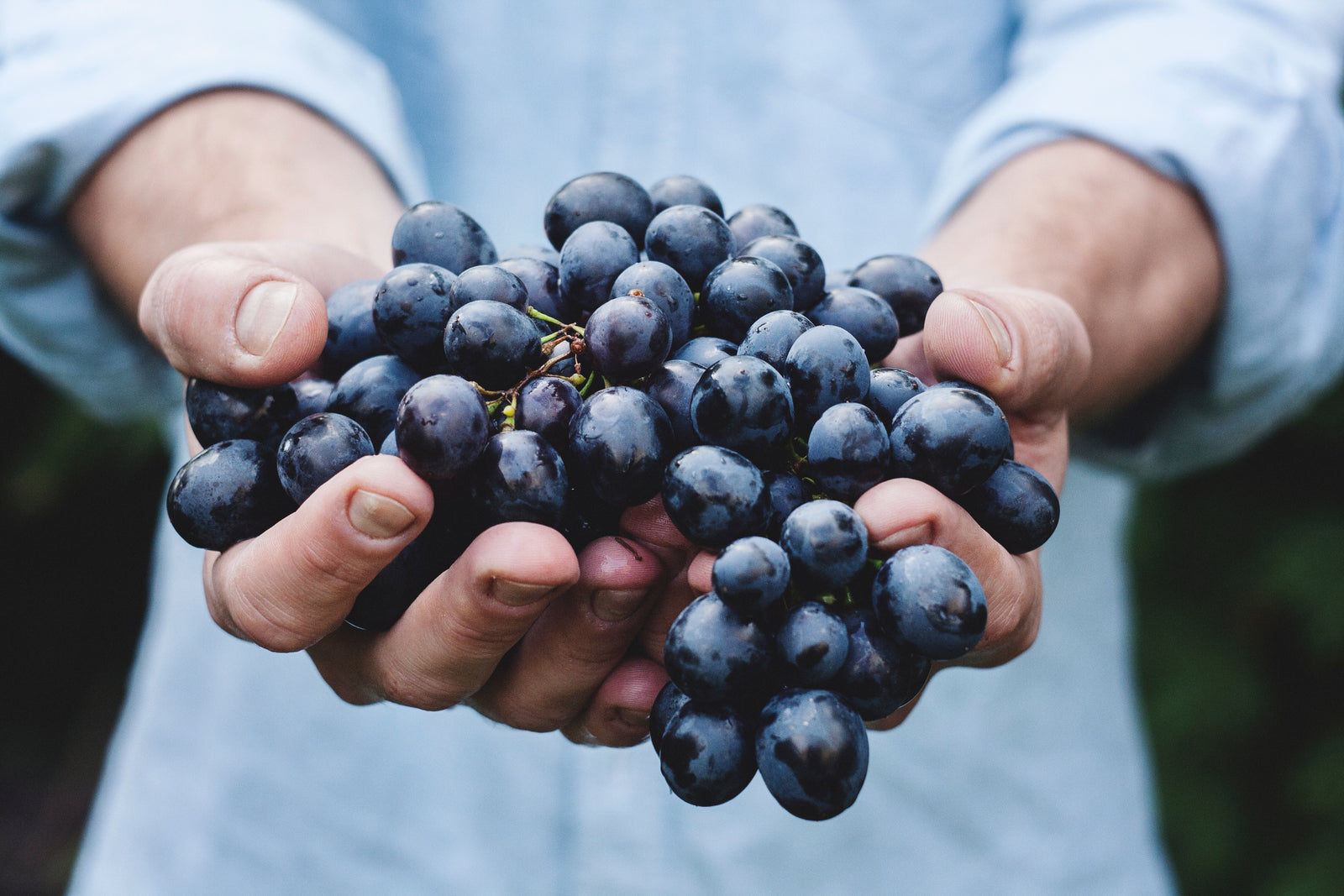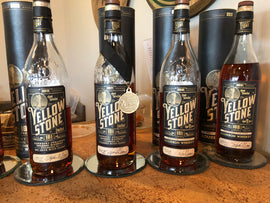Dear Italian vino aficionados,
After feedback from a number of you, I have decided to return to the original format of our club with a regional profile each month; however, since I’ve already written profusely about each region in the past,I’ll try to keep it leaner on the historical and geographical details and focus more on the producers. I appreciate your support and your suggestions to help me keep the IWC interesting and fun.
Grazie!
Elio Longobardi, Italian Wine Specialist
PlumpJack Wine & Spirits – Noe Valley
Friuli-Venezia Giulia
The northeastern part of Italy continues to produce excellent wine. This region in particular has become the nest of some of the more fascinating experiences for the specialists in the field and consumers alike. Perhaps since the Friuli is sits on the border with another country, Slovenia, with where it shares a common culture and traditions. Wine lovers find its wines and wine history very fascinating and intriguing. Both countries share the same grapes, winemaking techniques, and respect for the land. A constant exchange of experiences between these two sides keeps the interest and quality high, as reflected in the final product - the bottle of wine on your table.
I Clivi, Verduzzo, Friuli Colli Orientali DOP 2015
Mario Zanusso, the son of Ferdinando, the founder of I Clivi, says their wine business started in a very unusual way. When Ferdinando was young he worked in his father’s tavern waiting tables. The wine they served was pretty “rustic” to put in the best of words. He associated all wines in general with those served in the tavern and became a non-drinker. After finishing school with an accounting degree he got a job with a French transport company in West Africa.
This job required Ferdinando to travel often to the company headquarters in Paris where he discovered really good wine. He began to bring home from his travels bottles of Bordeaux, Burgundy, and Champagne and then moving into great Barolo producers like Giacosa and Mascarello, and Montevertine from Tuscany. The top producers from Friuli, the likes of Schioppetto, Gravner, and Ronchi Cialla, among others, sparked in Ferdinando the desire to prove himself with the fruit of the vines.
In mid ’90 Ferdinando left his job in Africa and returned home with the intention to make the passion that he cultivated in his years away a real thing. He purchased two hectares of land and started his new project. In the meantime Mario graduated in Economics from school in Milan. Coming home he found himself attracted to working with the vines. The pleasure of “getting dirty” while farming was more rewarding to him than years of studying numbers in books. Another old vineyard was purchased with an old house in ruin that was later restored to become the winery cellars. The estate is in Corno di Rosazzo in the province of Udine.
I Clivi is dedicated to cultivating autochthone varietals of the region: Ribolla Gialla, Friulano, Malvasia Istriana, Verduzzo, and a small amount of Merlot for the only red they make. Their use of organic farming systems and indigenous yeasts are part of what makes their wines very distinctive. Ferdinando and Mario believe that the fruit needs to express itself with minimal human intervention, thereby allowing the wine to take its time to be ready for us.
This wine is 100% Verduzzo from 70 year old vines in a vineyard sited along the Slovenian border.
The soil is composed of marl and sandstone flysch from Eocene origin. The harvest is done by handpicking of the whole cluster and then gently pressed. The juice goes into stainless tanks where it is separated the next day from the hard lees and moved into another tank to start the fermentation. It is bottled after 6 months on the lees with a light filtration.
In the glass the color is warm gold with copper reflections. The nose offers whiffs of violets with accents of wet moss and apricot skin. In the mouth the wine brings a fresh note of salinity that lasts long with a smooth dry finish. Pair with any seafood preparation, from grilled octopus to fried calamari to sautéed scallops, or with Granseola alla triestina (see recipe below).
Skerk, Teran Terrano, Venezia Giulia IGT 2015
Sandi Skerk is another fairly young producer who started bottling his wine in 1990 in Prepotto, a small village 500 meters away from the Slovenian border in the province of Trieste, on the viticulture appellation of Collio. The area is known as Carso, Kras in Slovenian, a hilly and rocky plateau extending from Croazia through Slovenia and Italy, in the provinces of Trieste and Gorizia.
Sandi’s entire process for making wine is natural, not because it is the trendy thing to do but because it does not make sense to Sandi to make wine any other way. When asked about the style of winemaking that seems to be the trend in the Carso DOC, i.e. long skin contact for the whites, Sandi talks about the great respect he has for his grandfather, who also made wine on the family's property, and about wanting to follow his technique. Natural and organic is the only way he knows to work in the vineyard and in the cellar.
The grapes that are planted here are Vitoska, Malvasia Istriana, Savignon, and Pinot Grigio for the white varietals and Terrano for the only red. Terrano is an ancient cultivar that some think is related to Pucinum, an extinct varietal described by Pliny the Elder. More recent studies have found that it is a close sibling of Refosco dal Pedundolo Rosso, another grape that grows in Friuli-Venezia Giulia. The name Terrano refers to the wine’s very dark color, reminiscent of tar (ter in German).
Skerk Terrano fruit comes from vineyards 15 to 45 years old on very red soil of clay-rich silicates of iron. This gives the wine that intense deep purple color with bluish hues. The olfactory analysis brings accents of black pepper, clove, ripe tomatoes, and humid earth. To the palate the wine carries a fresh tannic note, sustained by a lively acidity that makes it a perfect wine for salumi and cheese plates, pasta with meat ragout, earthy soups, and roasted pork preparations.
Granseola alla triestina
(Crab meat appetizer Trieste style)
The granseola is a crab that lives in the seawater of Italy, in the Mediterranean Sea as well as in the northern Atlantic Ocean. The type of crab (Maja squinado is the Latin name) is one the biggest species; some can reach up to 4.5 pounds of weight. The meat is sweet and delicious, compared in quality to lobster. The granseola comes from the Venetian dialect from the two words: granso (crab) and seola (onion, for the color that reminds of red onion skin). Since the granseola is not available here on the West Coast you can substitute with our equally delicious Dungeness crab*.
Ingredients (serves 6)
- 5 lb. crab meat
- 1 small white onion thinly sliced
- 150 g. bread crumbs
- 2 tbsp. butter
- 2 tbsp. extra virgin olive oil
- 1 sprig of parsley chopped
- 1 tbsp. lemon juice
- 1 tbsp. lemon zest
- Melt the butter over a medium heat flame in a sauté pan
- Sauté the onion until smothered
- Add the bread crumbs and parsley and cook for another couple of minutes
- Remove the pan from the flame
- Add lemon juice and zest, olive oil, and crab meat
- Mix all ingredients together well
- Set the spread in a terrine or crab shell ready to be served
Serve over toasted slices of bread or on endive leaves.
* You can ask your fish person to save a couple of crab shells intact in which you can serve the crab meat to the table for an original presentation.





